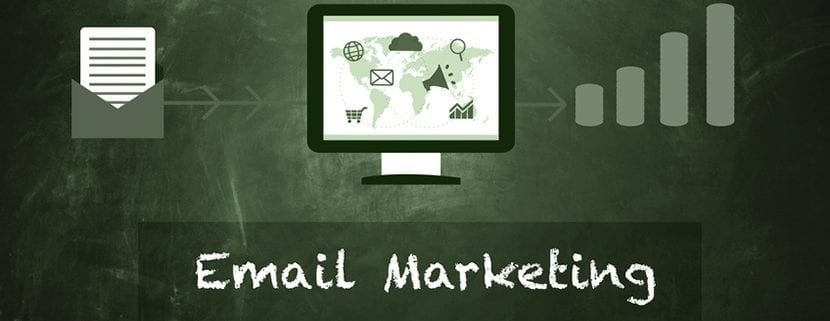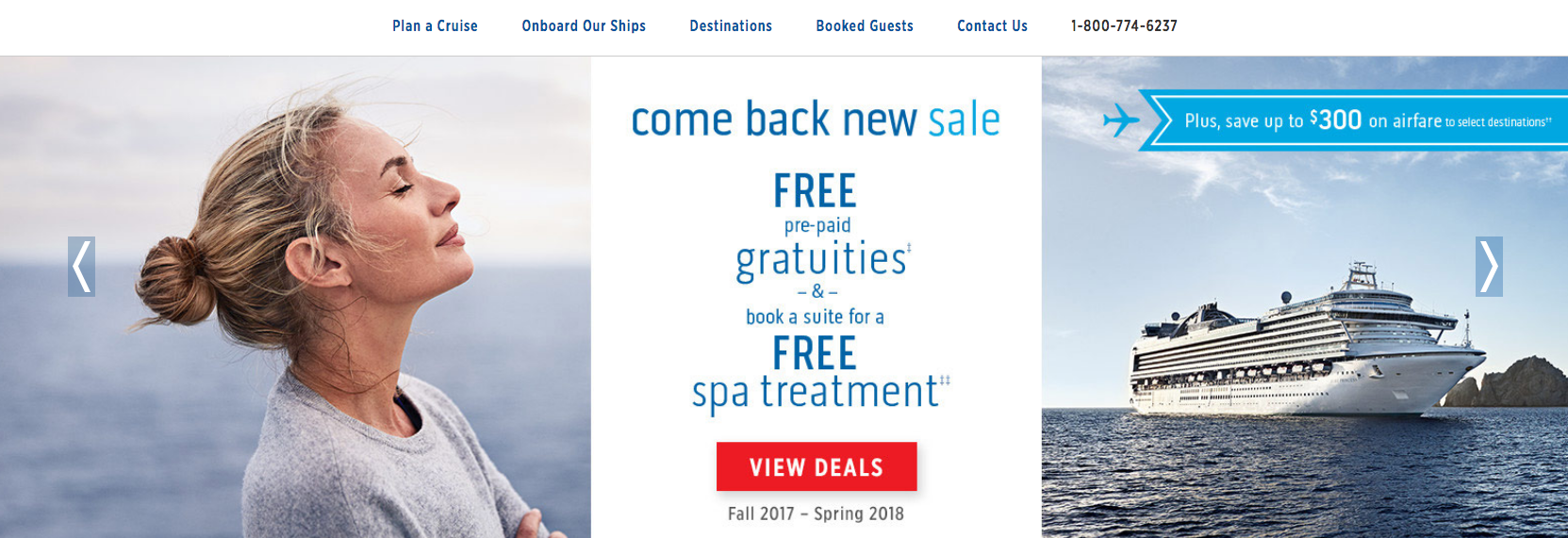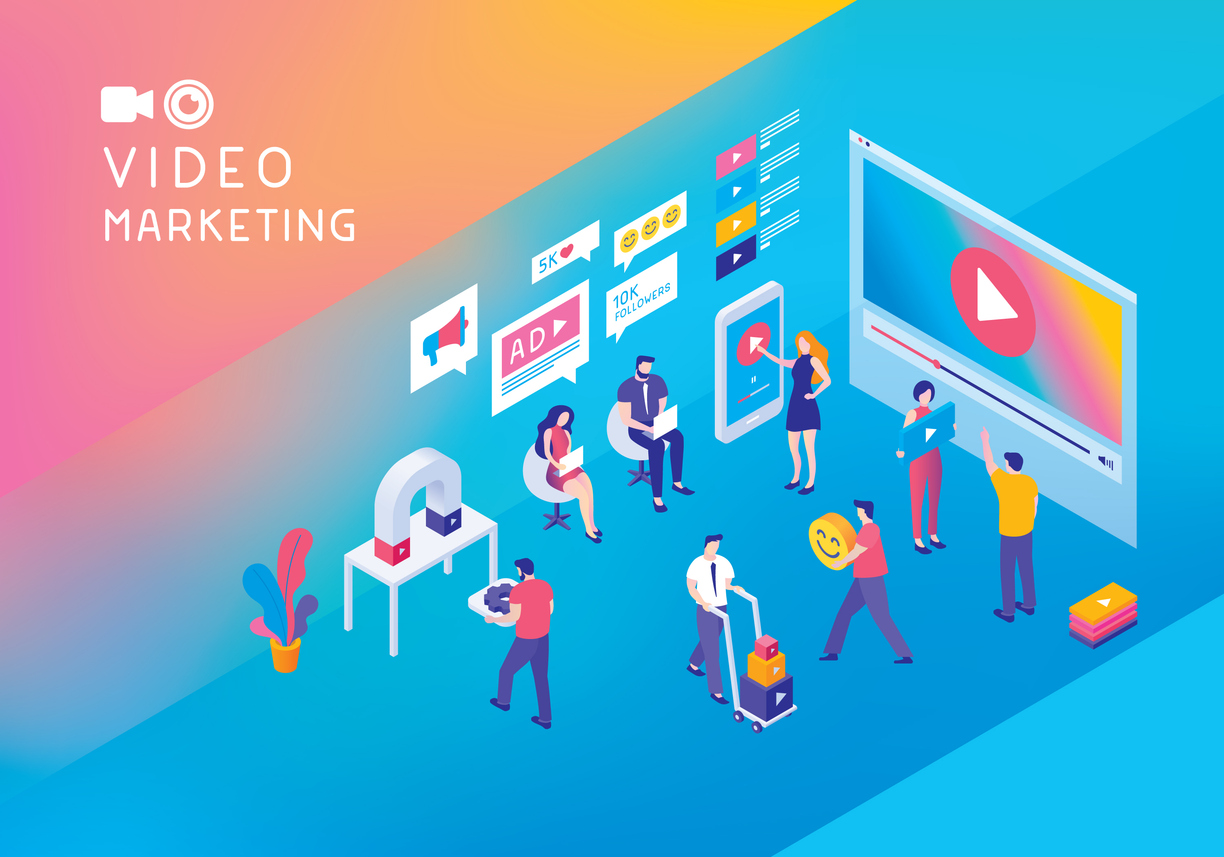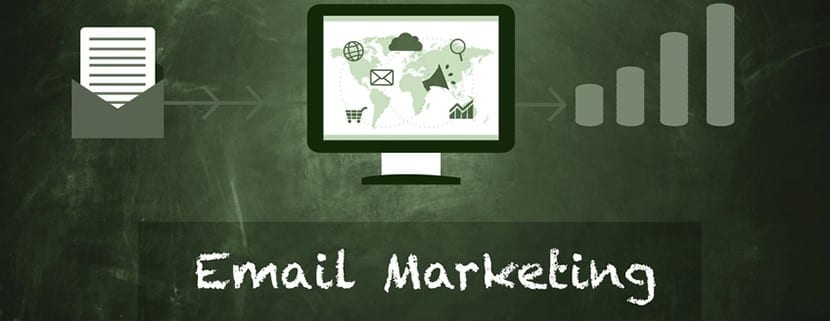
6 Email Marketing Tips (Expert’s Advice)
Millions of people have email accounts. Email marketing is a popular form of marketing still today. When sending emails, it is important to make sure it looks good. It is important because people receive many emails a day. In order to have your email opened and read, it needs to stand out. Here are 6 email marketing tips.
Email Marketing Tips
1) Right person, right time
Before sending an email, it is important to determine who the audience is of the email. Segment your contacts by buyer personas. This way you know who each group of your contacts is and what emails they should be receiving. Make sure you are sending out your emails at the right time. It is best to determine what time the people you are reaching are most likely to check their emails.
2) Content
Content is highly important and has so much value. If an email doesn’t have value then it shouldn’t be sent to people. A good way to determine if your email has value is to ask the question, “Would I be excited to read this email?” If the answer is yes, then the email has value.
3) Lead nurturing
Lead nurturing is the process of building relationships with prospects with the goal of earning their business when they are ready. This process involves a series of emails. With lead nurturing, the goal is to turn a lead into a customer. Email marketing is a great way to nurture leads.
The Right Lead Nurturing Strategy Can Help You Stay Top of Mind
4) Title
The title is what the people are going to read first. Usually, if the title is interesting and eye catching, the email will be opened up. If the title is boring, it will be passed over and not opened. Therefore, the title needs to be attention grabbing and interesting so that the email will be opened.
5) Personalization
Make sure each email you send it personalized. By personalized I mean at the beginning of the body of the paragraph, include “hello” followed by the person’s name who is receiving the email. What this does is that instead of the person being on an email list and just another name getting an email, it is directed specifically to that person and that person will most likely be more pleased with the email they are receiving.
6) CTA
Emails are a great place to include a CTA or call to action. By including a call to action with a link to relevant information regarding the email, you are providing a link back to your company website.
Also Read: 6 Effective Call To Action Examples
As you can see, these are just a few tips to help emails. These tips can help you execute some great emails to those people you are trying to reach. Something to remember, whenever you receive an email, think, “What is good and bad about this email?” That way you can evaluate emails.




























